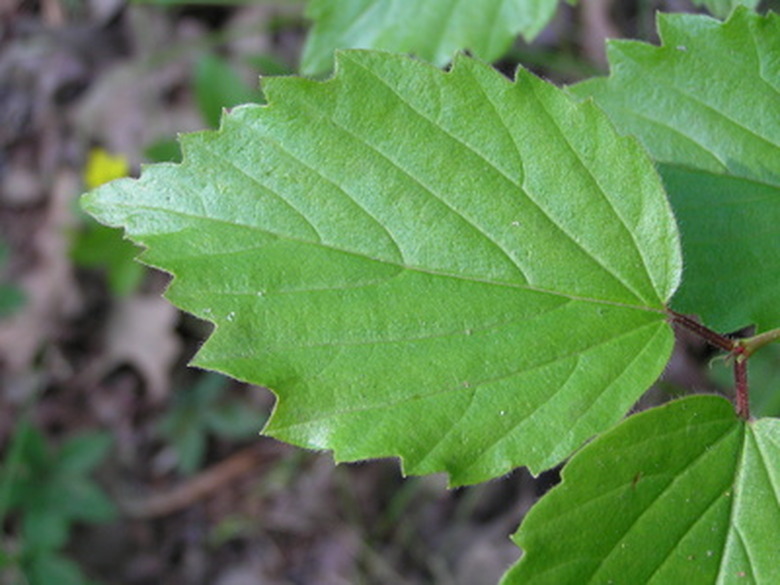Fertilizer For Viburnum
Viburnums are hardy, low-maintenance shrubs suitable for most climates in the United States. They produce showy, white blossoms in the spring, followed by glossy green leaves in the summer. Many viburnums produce berries and brilliant fall foliage. Viburnums generally have a dense, rounded growth habit, making them a good choice for a privacy screen. Grown as a mass planting or a single shrub, they provide beauty to almost any landscape.
Considerations
Viburnums are hardy shrubs, requiring little fertilizer. In fact, unless a soil test has indicated a soil deficiency, gardeners may not need any fertilizer, which is preferable to overfertilizing, according to the University of Rhode Island Landscape Horticulture Program. Viburnums grow best in slightly alkaline soils (7.0). Gardeners may treat acidic soil with lime, based on recommendations from a soil test, to raise the pH level.
- Viburnums are hardy, low-maintenance shrubs suitable for most climates in the United States.
FertilizerTypes
Gardeners may use a commercial fertilizer, such as a granular 18-6-2 or 24-6-12 formula, if desired. However, many commercial fertilizers provide more nitrogen than viburnums need, according to Washington State University Botanical Gardens, sacrificing blooms and fruit for excessive foliage. Mulches of compost, manure, alfalfa pellets or fish fertilizers improve the soil while feeding the plants.
Time Frame
Gardeners may apply a compost mulch fortified with fish meal in the fall, after the first frost but before the ground is frozen, to support good root growth. A second application of fertilizer is applied in the spring. A few shovelfuls of compost or rotted manure, combined with fish or alfalfa meal, will provide nutrients for rapid growth.
Viburnum Care
Viburnums are planted in spring or fall and bloom best in full sun, although many tolerate partial shade. They prefer evenly moist, well-drained soils. A 2-inch layer of wood chip mulch keeps soil moist and prevents weed growth. Viburnums rarely need pruning to shape them, although gardeners can revitalize old viburnums by cutting dead, old growth to the ground in early spring before new growth emerges. Most viburnums are large shrubs, standing 8 to 12 feet high and almost as wide. Gardeners should plant them in a location that will provide adequate space.
- Gardeners may use a commercial fertilizer, such as a granular 18-6-2 or 24-6-12 formula, if desired.
- Gardeners may apply a compost mulch fortified with fish meal in the fall, after the first frost but before the ground is frozen, to support good root growth.
Varieties
More than 150 species of viburnum exist, according to "Fine Gardening" magazine, and grow in USDA plant hardiness zones 2 through 9. American Cranberry Bush (Viburnum trilobum) is a popular variety that reaches 10 to 12 feet high. It produces bright red clusters of berries in the fall. Judd viburnum (Viburnum juddii) is a smaller bush, reaching 6 to 8 feet high and almost as wide. It has fragrant, white blossoms in spring and fuzzy leaves that turn purple or red in the fall.
